GRAY SLAVERY
... examining the flow of human capital through economies sustained by the working poor. [documentary photography, installation and directed performance]

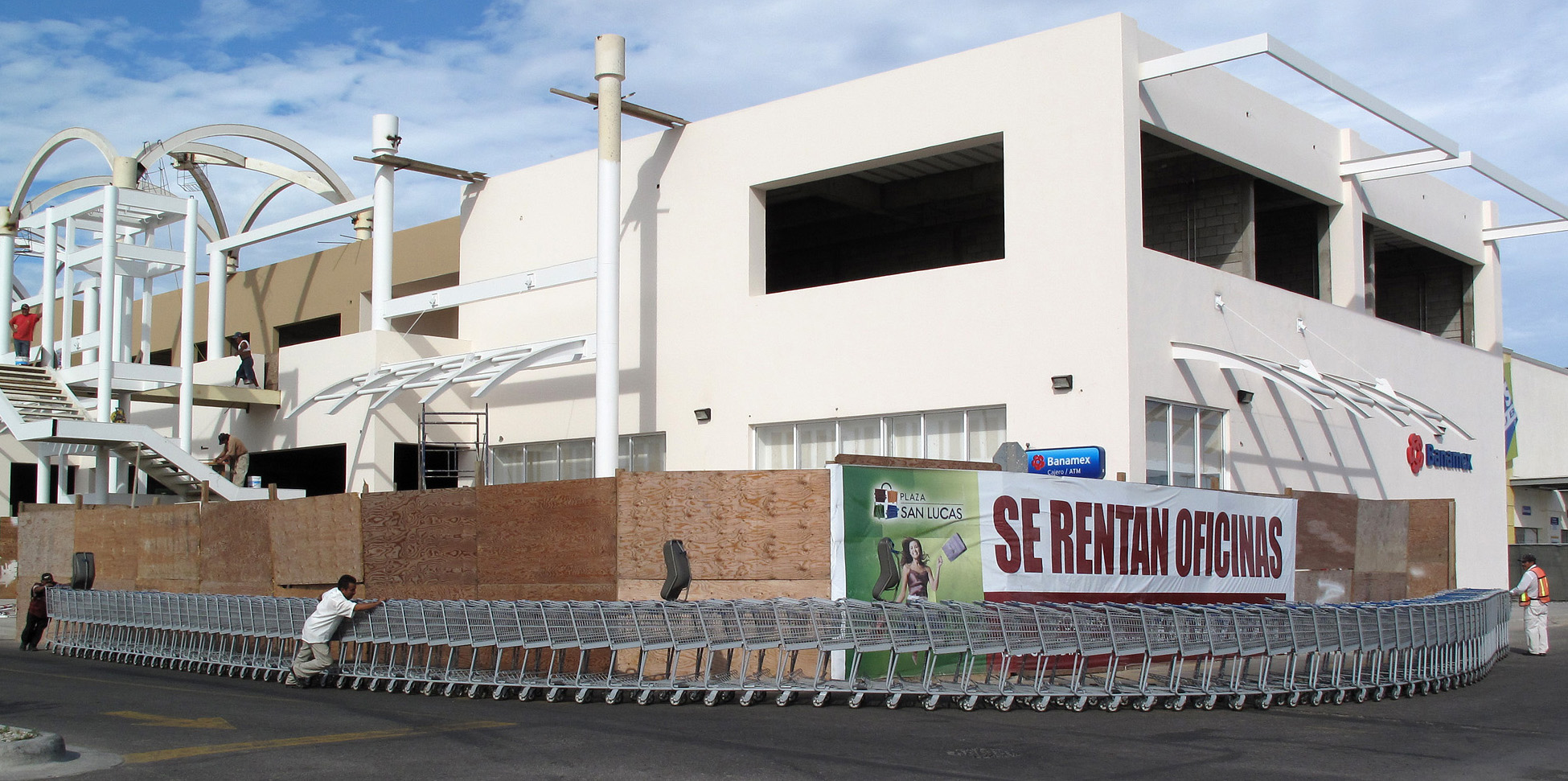

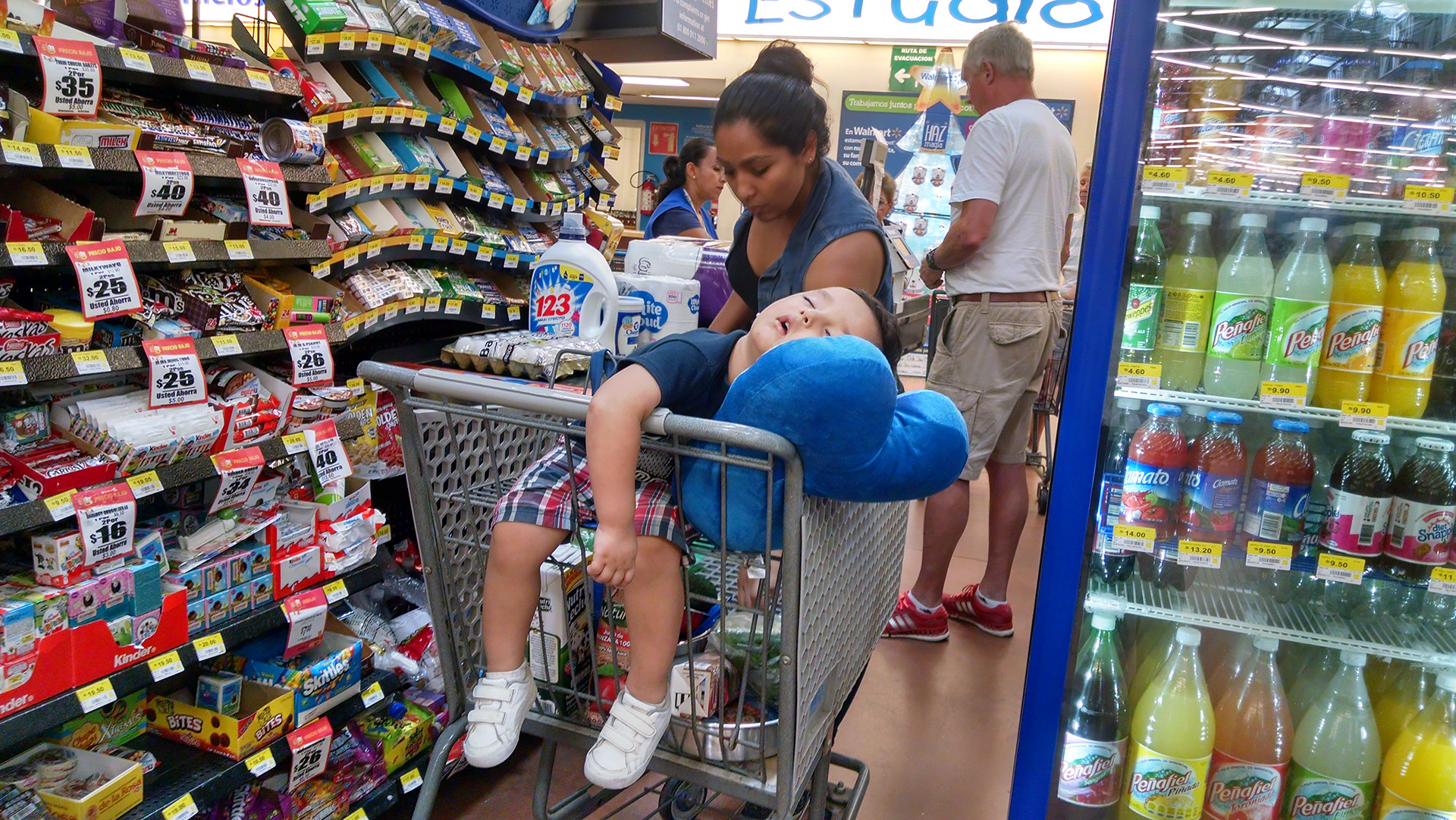

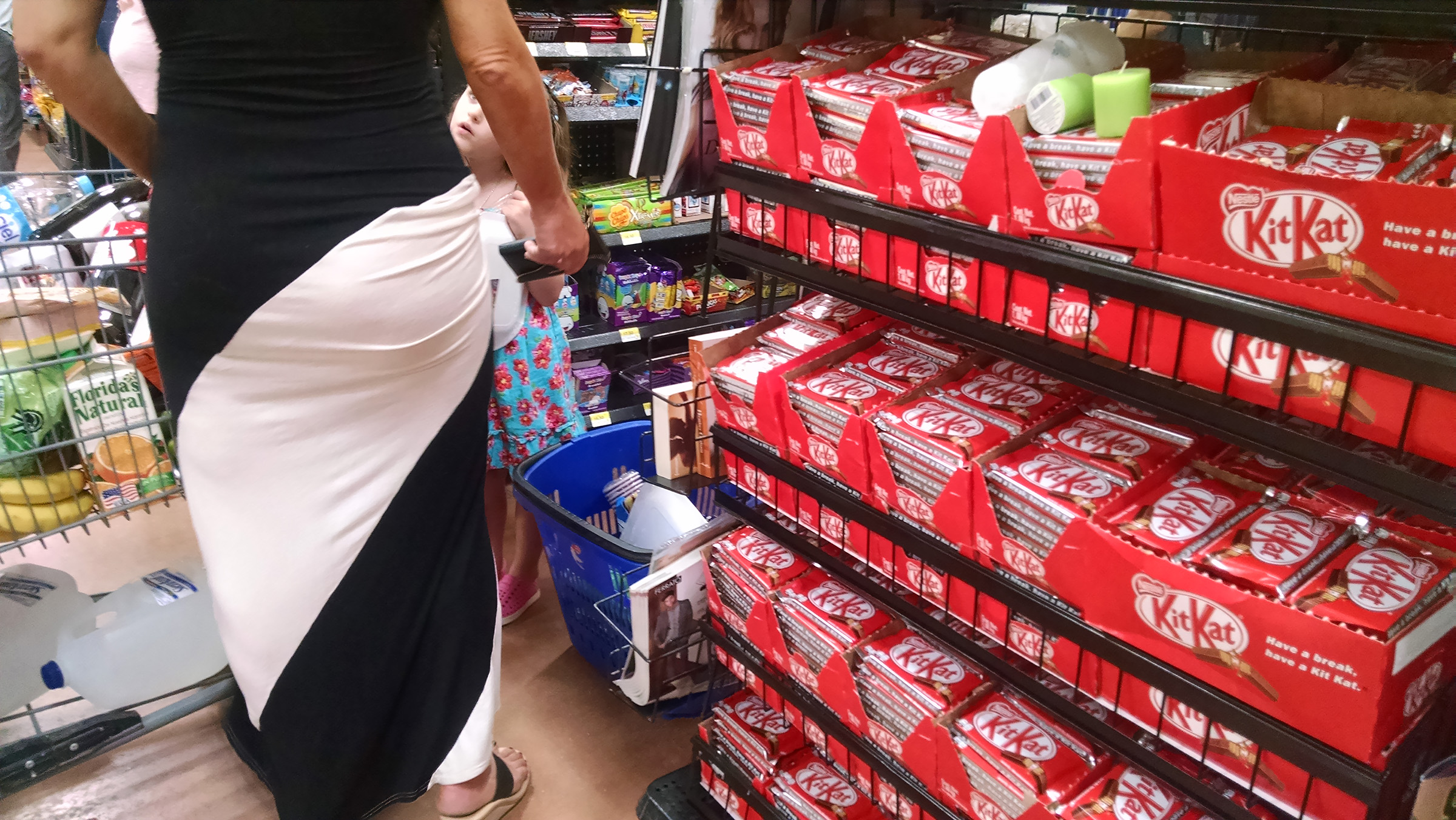
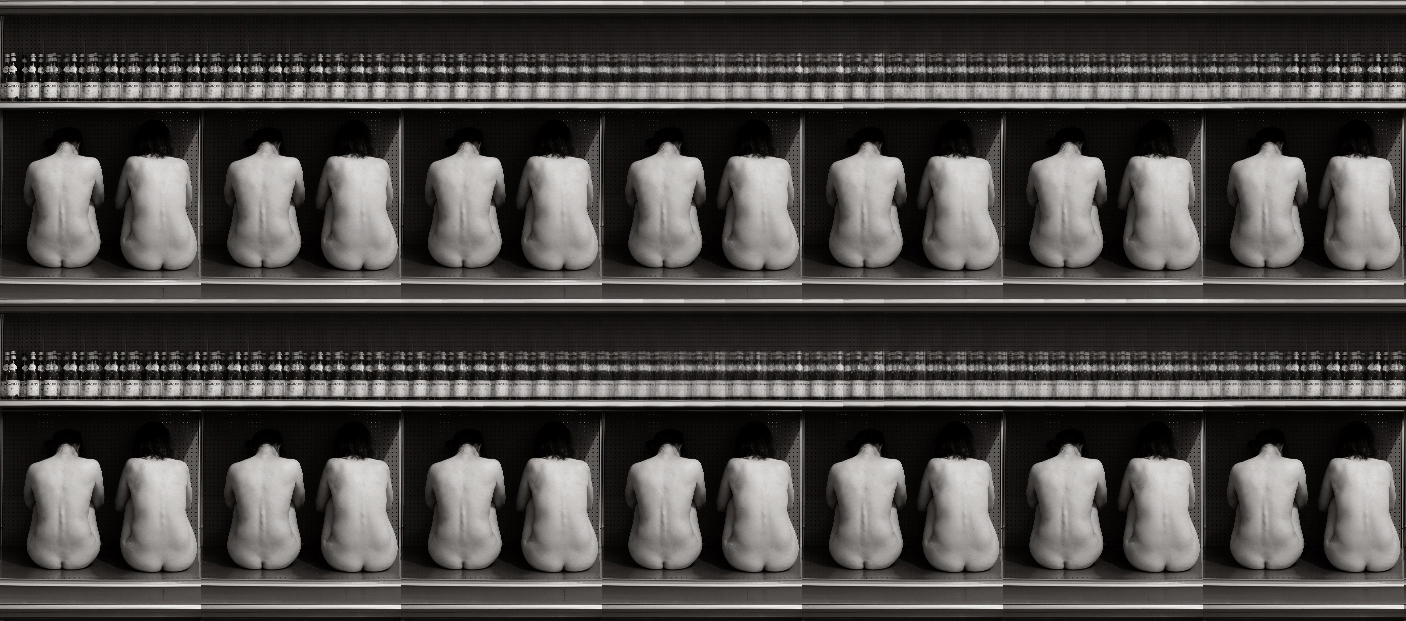
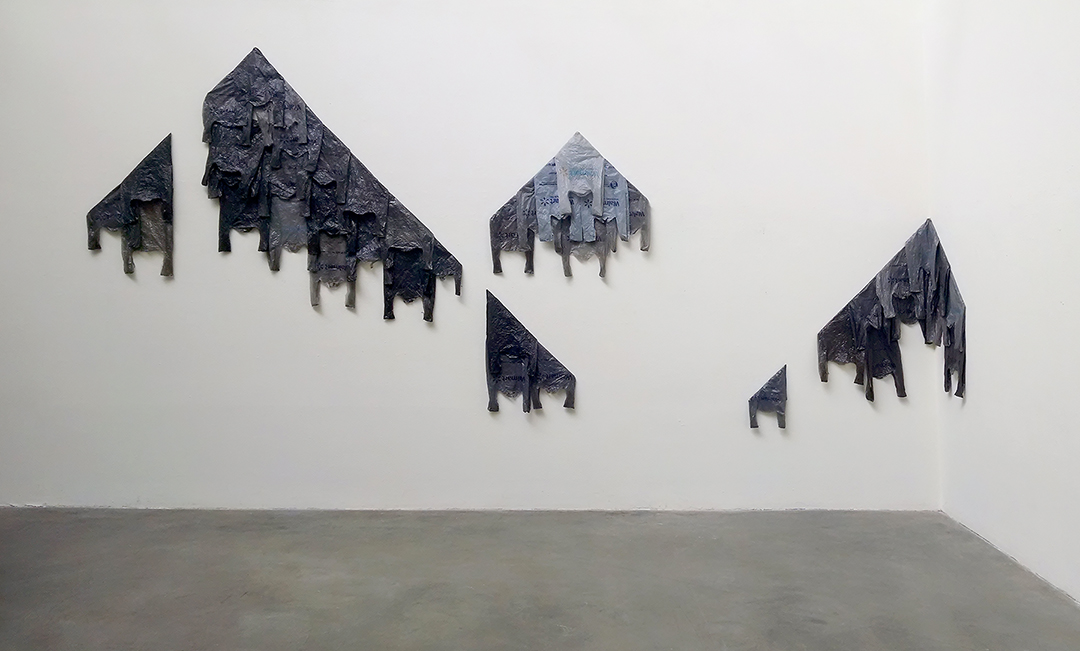
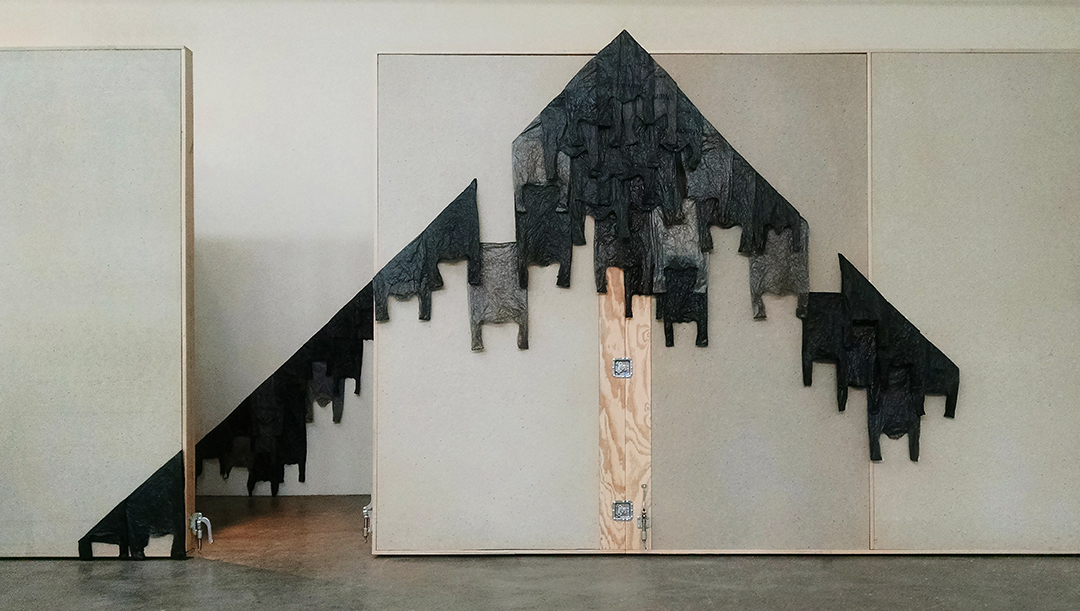

Historically in the US, slavery has come in the form of both black and white. But a new ambiguous version has emerged within a context characterized by monotonous, large-scale uniformity. While the monoculture of late capitalism in the US hinges in part on the labor of immigrant workers from Latin America, gray slavery is not exclusively racially determined or class based; its clearest distinction is the evacuation of subjectivity in tandem with economic injustice, and the absence of ethical, living wages.
Laborers are embedded as seamless features of consumer culture. The same system that oppresses them also wields its might over consumers, whose distorted sense of agency entrains a style of buying that renders them oblivious to their role in corporate schemes for profit. Not only do consumers tend to remain blind to the socio-cultural, aesthetic and environmental erasures in which they participate, they too are exploited albeit from their location at an ostensibly higher rung in the ladder. With their buying power almost entirely based on credit, they are both a bottomless hole to be filled and a pit to be continuously mined. Their condition galvanizes relentless corporate (re)colonization of domestic, urban and natural spaces as well as psyches in the quest for capital, the costs of which rarely reach the level of consciousness. The social relations consumers engage in, like those of laborers, can also in turn be largely governed by corporate gain.
Through performances and photographic documentation, the ongoing Gray Slavery series aims to reveal the suppression of subjectivity in multiple industries at various segments along a ‘value’ chain. The project's most recent detournément deploys the vacuity of the architecture, display racks, shopping carts and packaging associated with box and convenience stores both as a stage for the ritualized entombment of the human body and as a mirror of the evacuated, emptied condition of laborers and consumers.
The desire of individuals and communities to render their experiences and narratives visible can be a powerful act of (re)claiming subjectivity. My practice in this series, as it traverses numerous industries, is immersive, collaborative and community based with the intention of serving as a channel for people and groups in their reclamation process.